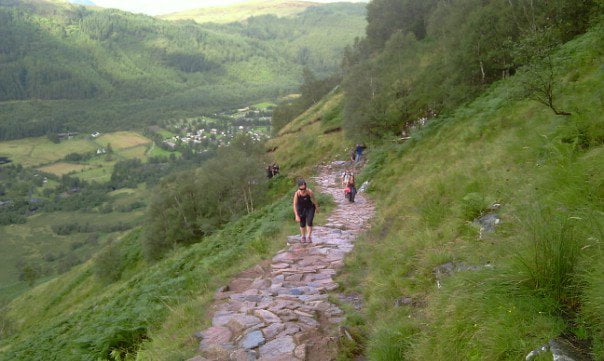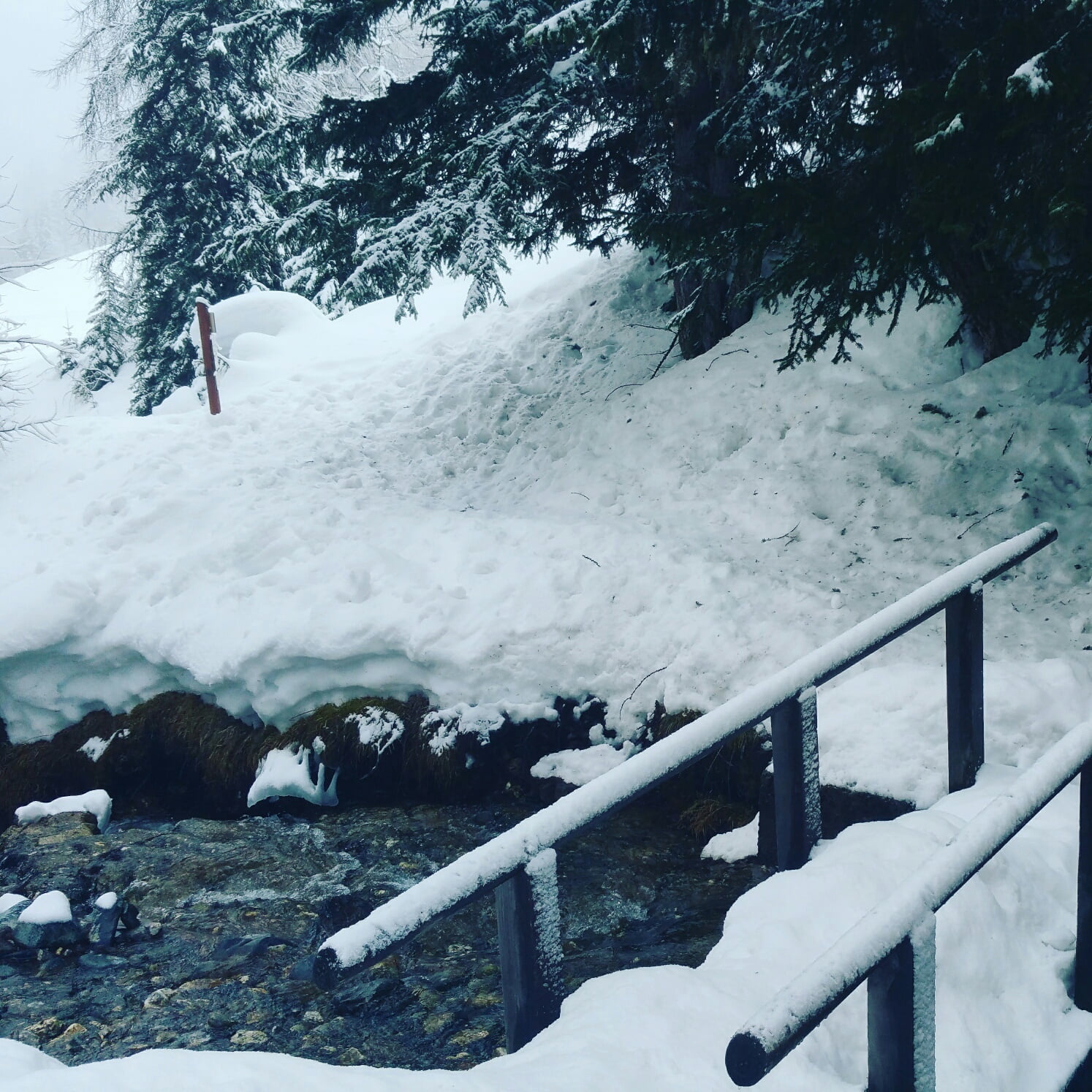We love a good hike. You can’t beat getting everyone out and walking and we are fortunate to have plenty of places to do that very close by. Hiking is great, but it can also be tricky if you don’t follow some safety rules.
So if you’re new to this, it’s good to be prepared with the right know-how. We’ve probably learnt the hard way over the years – setting off up Ben Nevis with a small bottle of water and not much else.
Get the right gear
Don’t add too many things to your backpack, but don’t neglect the basics. Of course, it’s difficult to make the right choices, since it all depends on where you’re going and for how long, and of course, who you have with you. However, the essential things are:
- Map and compass. Even if you have a GPS, it’s best to learn how to use the triangulation method to locate your position in case you get lost.
- Sun protection. This includes sunscreen as well as sunglasses, which can protect you from sunburn.
- Clean water. You’ll need about 4 liters of water per day, and that might be difficult to carry. So if you are going a long way you should also pack a water purifier to make sure you don’t drink contaminated water from streams.
- If you want to keep your energy up, you’ll need some good hiking snacks to enjoy during each break. Most trail mixes provide the right mix of protein, carbs and fat, but you can also make some of your own.
- A knife. You’ll need the best camping knife if you need to cut through the undergrowth or make small repairs around your camp, or build a campfire.
- First Aid Kit. Make sure you have bandages, tape, and splints to treat some of the most common hiking accidents, which include sprains and strains.
- You need very good ankle support, so don’t hike in trainers. Boots are the best, and make sure they offer enough ankle support. If your hike is more strenuous, you’ll probably need a mid-calf boot, but otherwise, ankle-high is perfect.
Choose the right difficulty level
If you’re new to hiking, don’t start on a trail that’s too difficult for you, even if you are generally fit. That goes double if you’re not in a good physical shape because hiking is more challenging than you might think.
Look at the gradients and choose an easier route if you need to.
Follow the marked trail
Even if you’re an experienced hiker, you should never stray away from the trail. Most of the times people think it’s ok to follow an unmarked side path for a few hundred feet to see where it’s going, to follow a stream or a rare bird.
That’s a huge mistake not only because you can easily get lost in the wilderness, but because you might also stumble on some wild animals that you can’t otherwise meet on the set trail, but what if there’s an obstacle on your way and you need to stray away?
If there’s been a storm or an avalanche and you can’t get past some huge obstacles, it’s better to turn around altogether. If you’re confident you can make it through on a side path, make sure you leave some sort of trail so you know how to get back and alert the rangers when you can.
Chances are that if there’s been a huge accident on the trail, the rangers should already have the right info and alternative trails for you. If there’s some thick brush on your way, you can probably cut it with that camping knife, so it’s better not to take a side path here.
Use your poles
Even if you think you can manage without hiking poles, chances are you’ll need these for higher difficulty trails. So if you have a steep climb, with boulders and abrupt, slippery slopes, you’ll need to use your hands more.
It’s hard to climb on all fours, if not impossible, and you don’t want to put too much strain on your knees and ankles either. So these poles help with weight dispersion both uphill and downhill, so your upper body performs better.
Don’t rush
Sometimes you think you can tackle a part of the trail and you forget that large steps and a fast pace aren’t for hiking. That’s particularly important if we’re talking about a rocky terrain, where you can easily get a sprained ankle.
Running downhill is another common hiking mistake you need to avoid. It’s easy to mess with your knees, injure your shins or lose your balance and fall. The same goes for jumping down from a bigger rock or trying to slide down.
A good kike can be so much fun if you are mindful of the safety issues. Do you like to hike? Where do you go?






3 comments
I love hiking – these points are great, thank you Charlotte! 🙂
7-Sinais da menopausa: Ondas dentre afrontamento. http://cuhso.cl/index.php/safer/comment/view/838/0/95366
Yep, I love a good hike too.